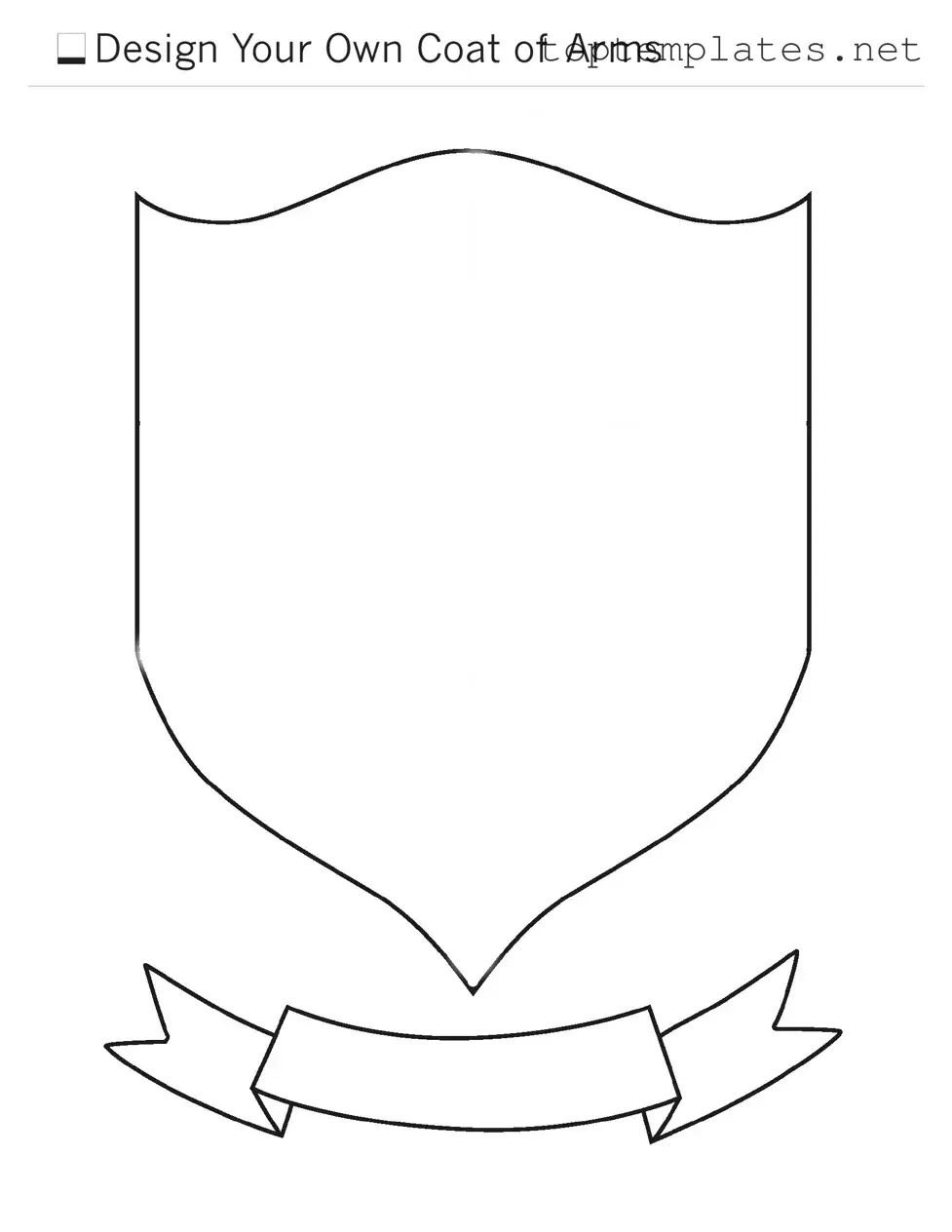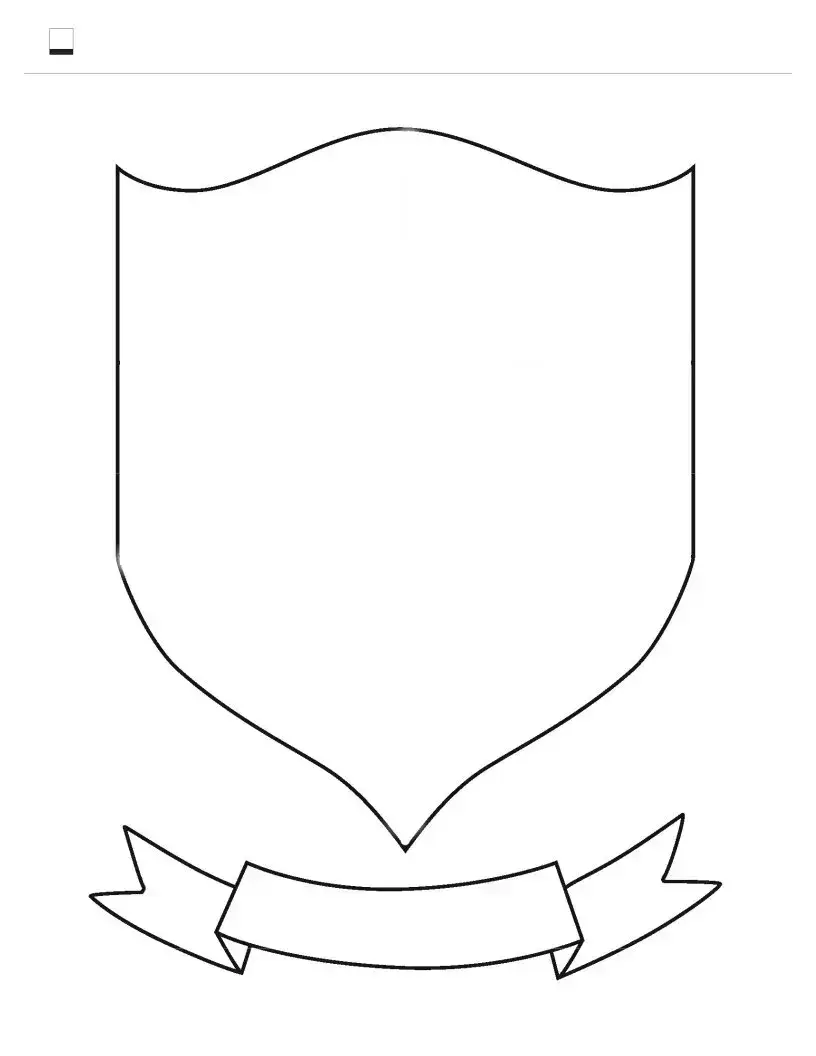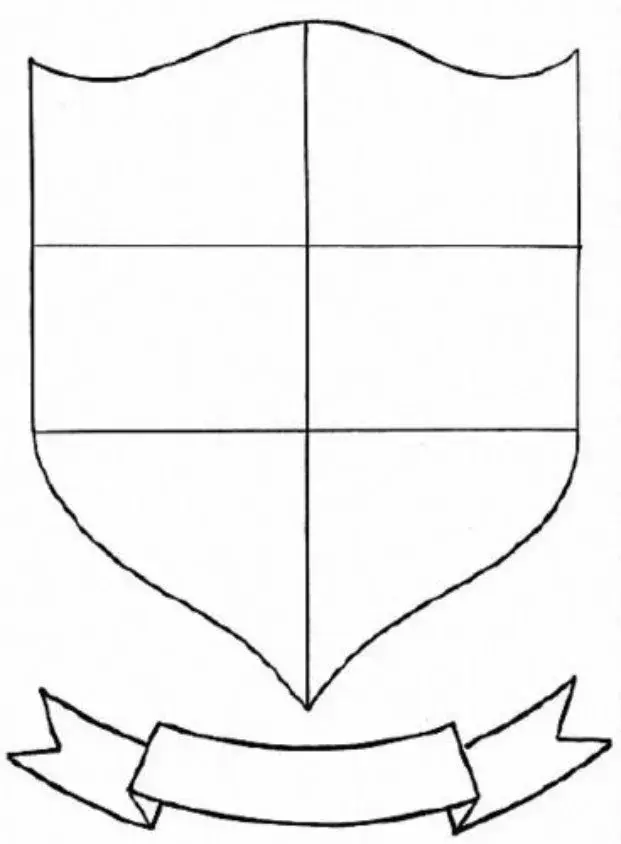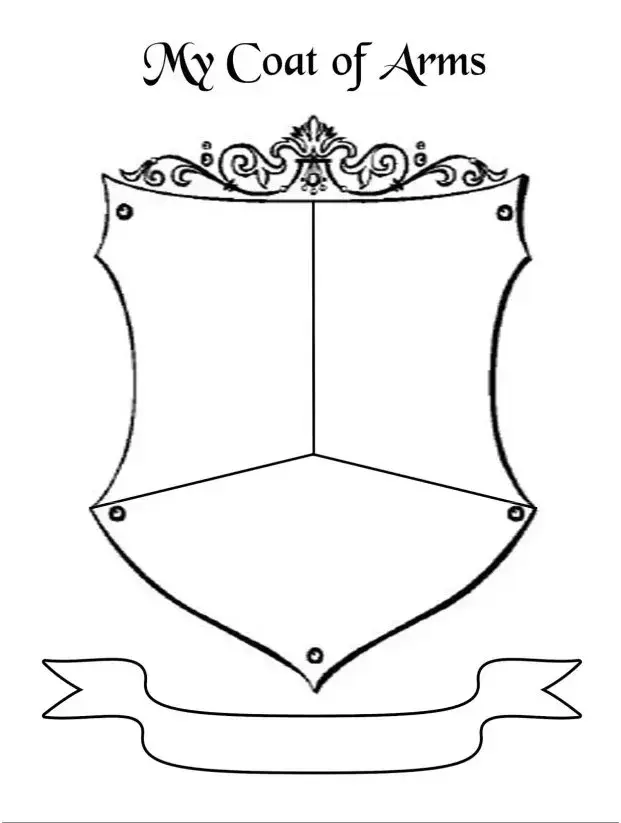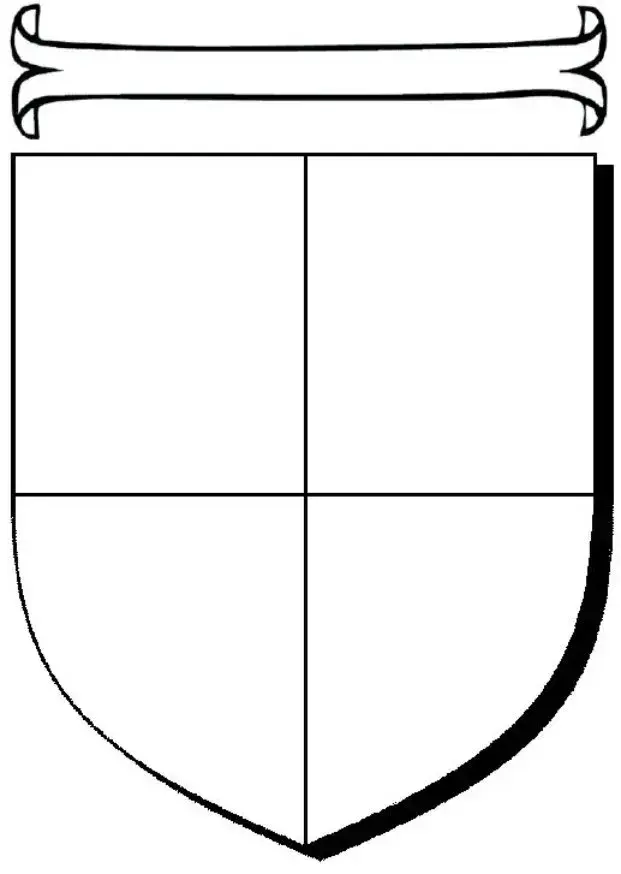What is a Coat of Arms form?
A Coat of Arms form is a document that allows individuals, families, or organizations to officially record and register their unique heraldic designs. These forms often require detailed descriptions of the symbols, colors, and patterns used in the Coat of Arms to ensure its authenticity and uniqueness. The process of registration can vary depending on the country or jurisdiction, but generally involves a review by a heraldic authority or governing body.
Who can apply for a Coat of Arms?
Eligibility to apply for a Coat of Arms typically depends on the laws and traditions of the specific country or heraldic authority. In many cases, individuals, families, corporations, and institutions may apply if they wish to have a formal representation of their identity, values, or heritage. Some jurisdictions might have specific criteria that applicants must meet.
How do I design my Coat of Arms?
Designing a Coat of Arms involves carefully choosing symbols, colors, and elements that have personal, familial, or organizational significance. It's recommended to study heraldry's complex language and rules to create a meaningful and correct design. Many people consult with a heraldic artist or a professional in heraldry to ensure that their Coat of Arms adheres to traditional guidelines and expresses their intended message.
What information is required to fill out a Coat of Arms form?
While specific requirements can vary, a Coat of Arms form typically asks for the applicant's personal information, a detailed description of the heraldic design, and a rationale for the chosen elements. Some forms may also require a visual representation of the Coat of Arms. It’s crucial to provide as much detail as possible to convey the design accurately to the reviewing authority.
Is there a fee to register a Coat of Arms?
Yes, most heraldic authorities or governing bodies charge a fee for the registration of a Coat of Arms. These fees can vary widely depending on the jurisdiction and the complexity of the design. It's advisable to check with the specific authority for the current fee schedule and payment options.
How long does the registration process take?
The duration of the registration process for a Coat of Arms can vary significantly. Factors influencing the timeline include the complexity of the design, the workload of the reviewing authority, and the accuracy of the submitted information. Applicants should prepare for a process that could take anywhere from a few months to more than a year.
Can I use my Coat of Arms freely once it’s registered?
Generally, once a Coat of Arms is officially registered, the bearer has the right to use it according to the laws and customs of the jurisdiction. However, there might be restrictions on how and where it can be used, especially in commercial or legal contexts. It’s important to understand these guidelines to avoid infringing on heraldic regulations or others' rights.
